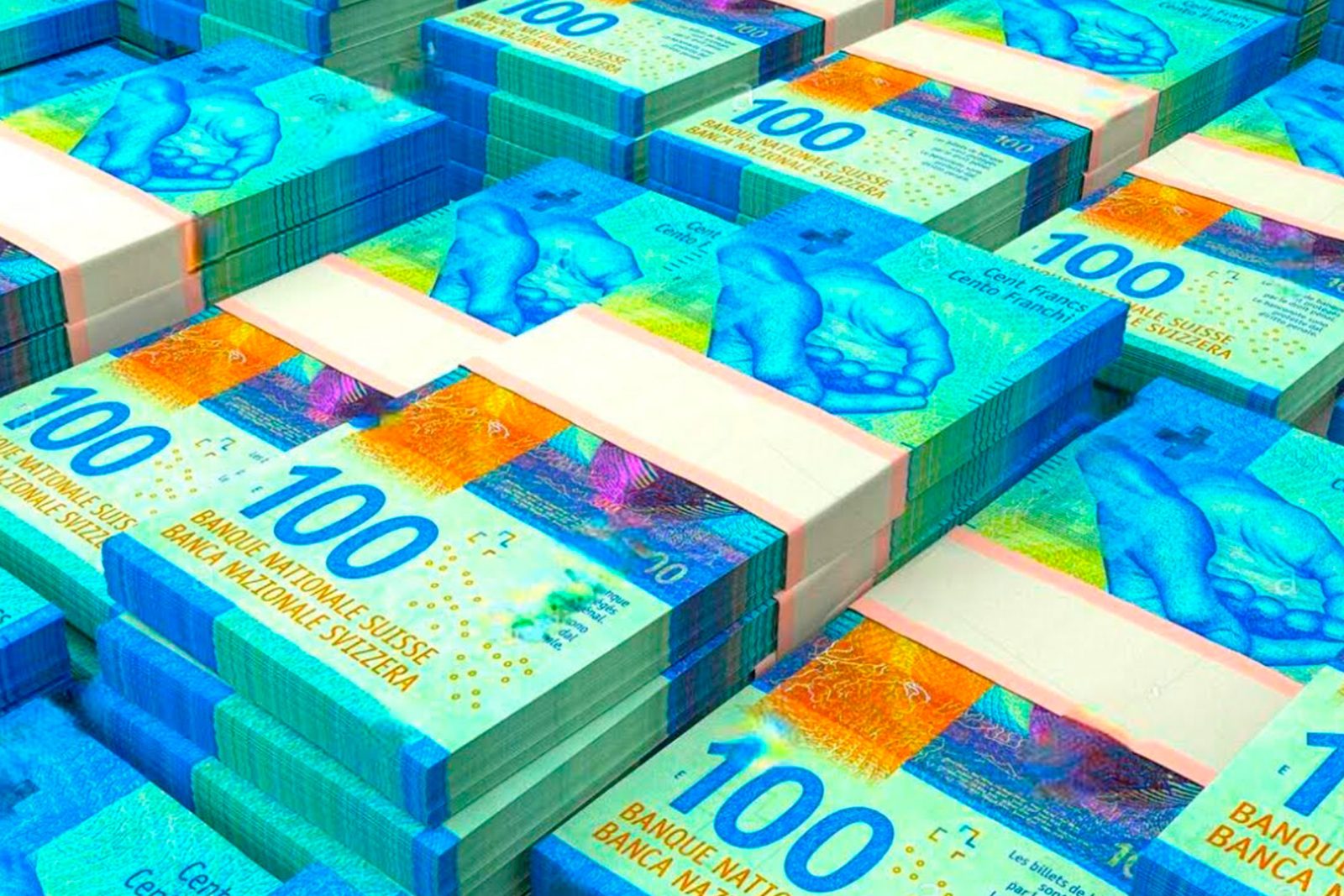In a volatile world, the Swiss franc remains a haven of stability.


In a volatile world, the Swiss franc remains a haven of stability.
Switzerland’s robust currency, known as the world’s strongest, remains a steadfast sanctuary in times of financial turmoil. While global financial markets grapple with volatility and uncertainty, the Swiss franc has maintained unwavering stability when compared to other major currencies over the past year. Against the US dollar, it has concluded the year virtually where it commenced, at $1.005, marking a peak of $1.08 and a low of $0.99 during the year. Its value against the euro stood at €0.86 a year ago and now rests at €0.88, reaching a high of €0.89 and dipping to €0.83 during the year. In relation to the British pound, it stood at £0.79 a year ago, reached its pinnacle for the period, and now stands at £0.77, with a low point during the year of £0.76.
Indeed, the Swiss franc’s buoyancy, being the last European currency to maintain its denomination after Belgium and France adopted the euro, has posed challenges. Its popularity among traders and investors can prove problematic, particularly for Swiss exporters, as an appreciating currency makes their goods more expensive abroad. In its most recent Article IV annual health assessment in June, to which most member countries are subject, the International Monetary Fund (IMF) lauded recent depreciation. It stated, “The better global environment had—until recently—curtailed safe-haven appreciation pressures, and the franc weakened by around 8% in real, effective terms during mid-2017 to April 2018.” The reference to real terms indicates inflation has been considered, while the “effective” rate gauges the franc’s performance against a basket of major currencies. Underpinning the Swiss franc’s strength is Switzerland’s stable banking system, the nation’s historical success in curbing excessive inflation, and the robust state of its economy. The IMF acknowledged, “After a muted start to 2017, GDP growth accelerated to 1.1% last year, and the positive momentum continued in the first quarter of 2018.” It further commended the Swiss authorities for adeptly navigating the economy through challenging times.
The Swiss franc’s reputation as a secure store of value is rivaled only by that of gold. In fact, the two were linked until 2000, with the currency backed 40% by bullion. This made Switzerland effectively the last advanced nation to adhere to the gold standard. The franc has demonstrated such steadfastness that some have proposed it as a potential replacement for the US dollar as the world’s anchor currency. However, Switzerland has rejected such overtures, preferring not to shoulder the responsibilities that come with custodianship of a reserve currency. These include holding a substantial portion of the total currency issue in foreign hands, be it central banks or non-Swiss corporations, which would consequently weaken the control of Swiss authorities. Ironically, despite Switzerland’s commitment to maintaining the franc as a national currency, it does possess an international role, albeit a modest one. The franc is recognized as legal tender not only in Switzerland but also in Liechtenstein and Campione d’Italia, an Italian exclave surrounded by Swiss territory.
Get back to Seikum News 🤓




